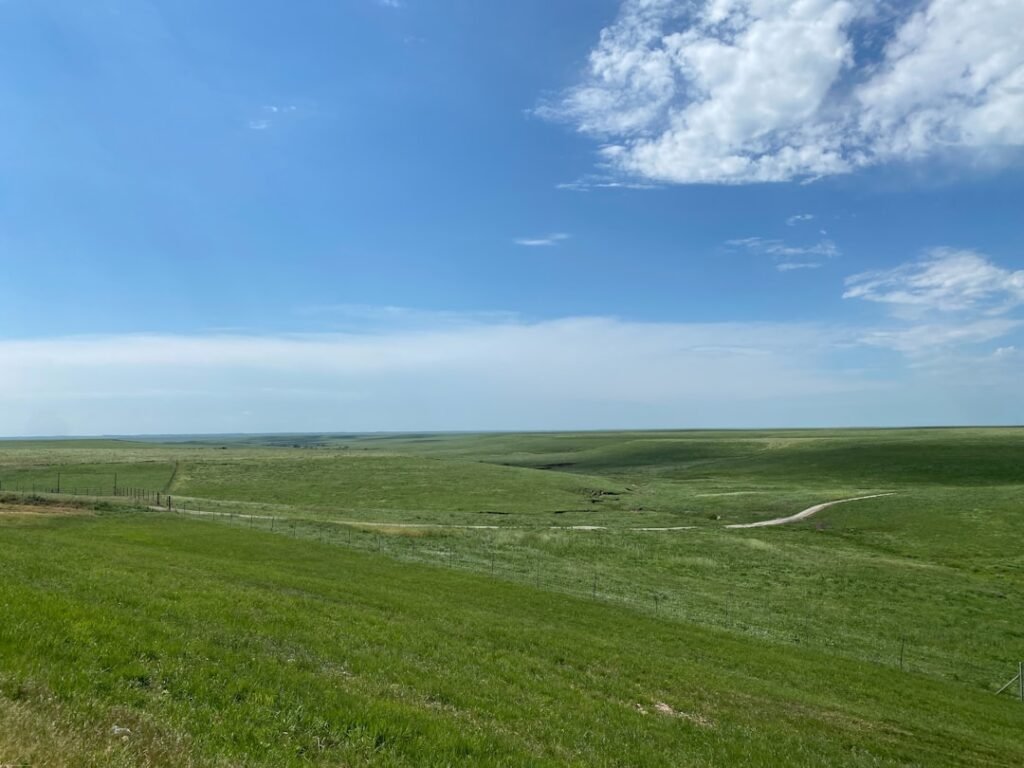The vast stretches of America’s heartland have always held secrets beneath their seemingly endless prairies and farmland. What many don’t realize is that beneath the rolling wheat fields and corn stalks of lies one of the most remarkable collections of buried meteorite evidence on Earth. These hidden cosmic treasures tell a story that spans millions of years, revealing catastrophic impacts that shaped the landscape long before the first settlers arrived.
You might walk across these fields every day without knowing that fragments from space rest just meters below your feet. From Kansas to North Dakota, scientists have uncovered evidence of massive meteor showers, buried impact craters, and strewn fields that challenge everything we thought we knew about the frequency of cosmic bombardments. The discoveries emerging from this region aren’t just changing our understanding of Earth’s violent past – they’re revolutionizing how we search for these celestial visitors.
The Great Brenham Discovery That Started It All
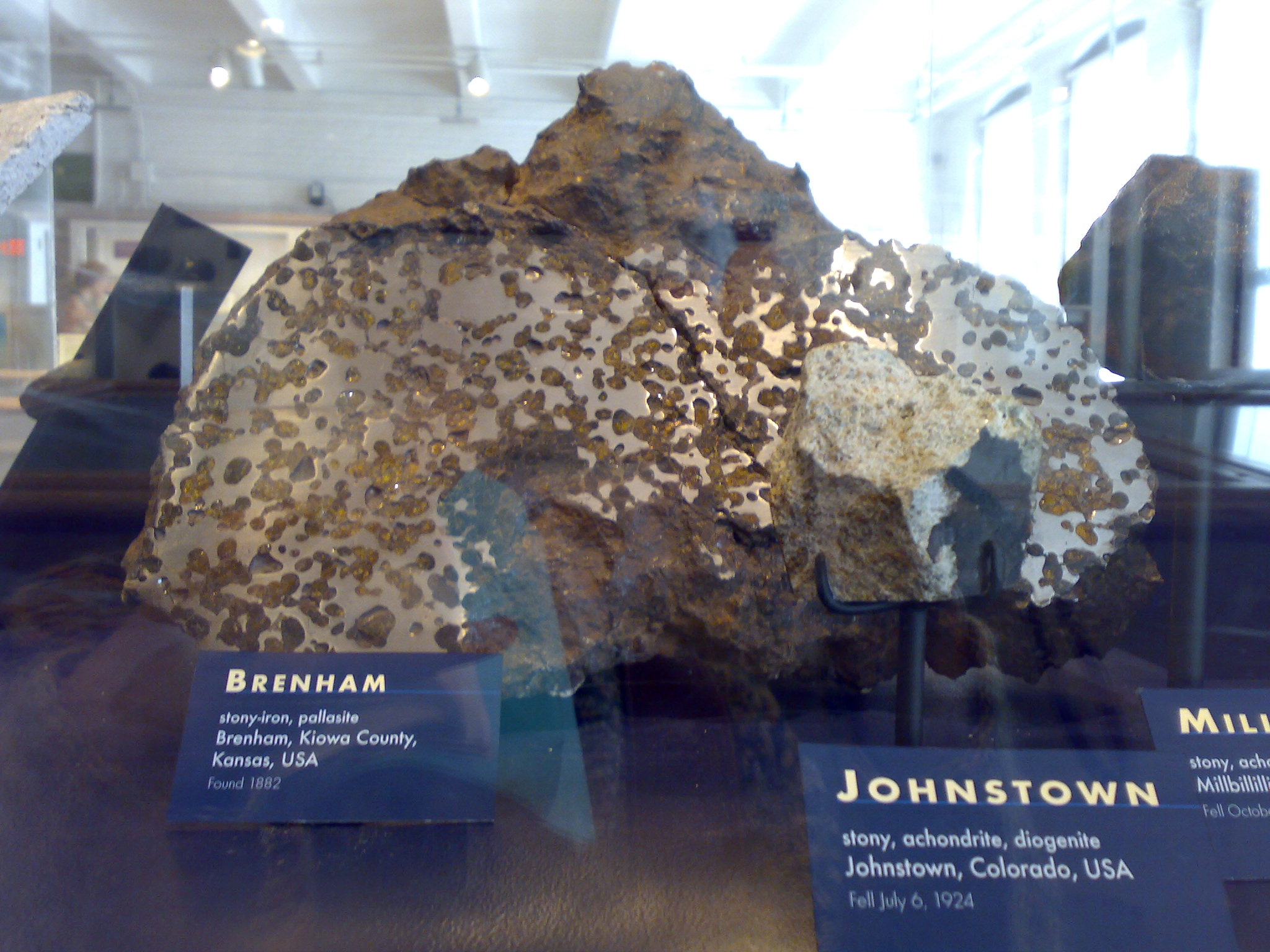
Picture this: you’re a farmer in 1882, plowing your field near Haviland, Kansas, when suddenly your wife calls out about some strange, heavy rocks scattered across the property. One of the most significant meteorite finds in Kansas, known as the Brenham meteorite, was discovered by a farmer’s wife, Eliza Kimberly, in 1882 near the town of Brenham, in Kiowa County. Little did Eliza Kimberly know that she had stumbled upon what would become the largest pallasite “strewnfield” in the world, stretching over approximately seven miles in length and around a mile wide and one of only three U.S. craters authenticated by the presence of meteorites, and the only one of the three that was created by a rare, stony-iron (pallasite) meteorite.
The Brenham field represents something extraordinary in meteorite science. Although meteoriticists consider Brenham/Haviland the world’s smallest meteor crater, it is just one of many impact features spread across a large (~800 ha) late-Holocene-age strewn field in Kiowa County, Kansas. More than 15,000 pounds of meteorites have been recovered from the area. These aren’t ordinary space rocks – pallasites make up only a fraction of a percent of all meteorites and are arguably the most attractive type of meteorite with an internal structure of chrome-like metal imbedded with beautiful olivine stone, revealing translucent, see-through crystals ranging in colors from yellows, oranges and reds, to green.
Revolutionary Ground-Penetrating Radar Changes Everything
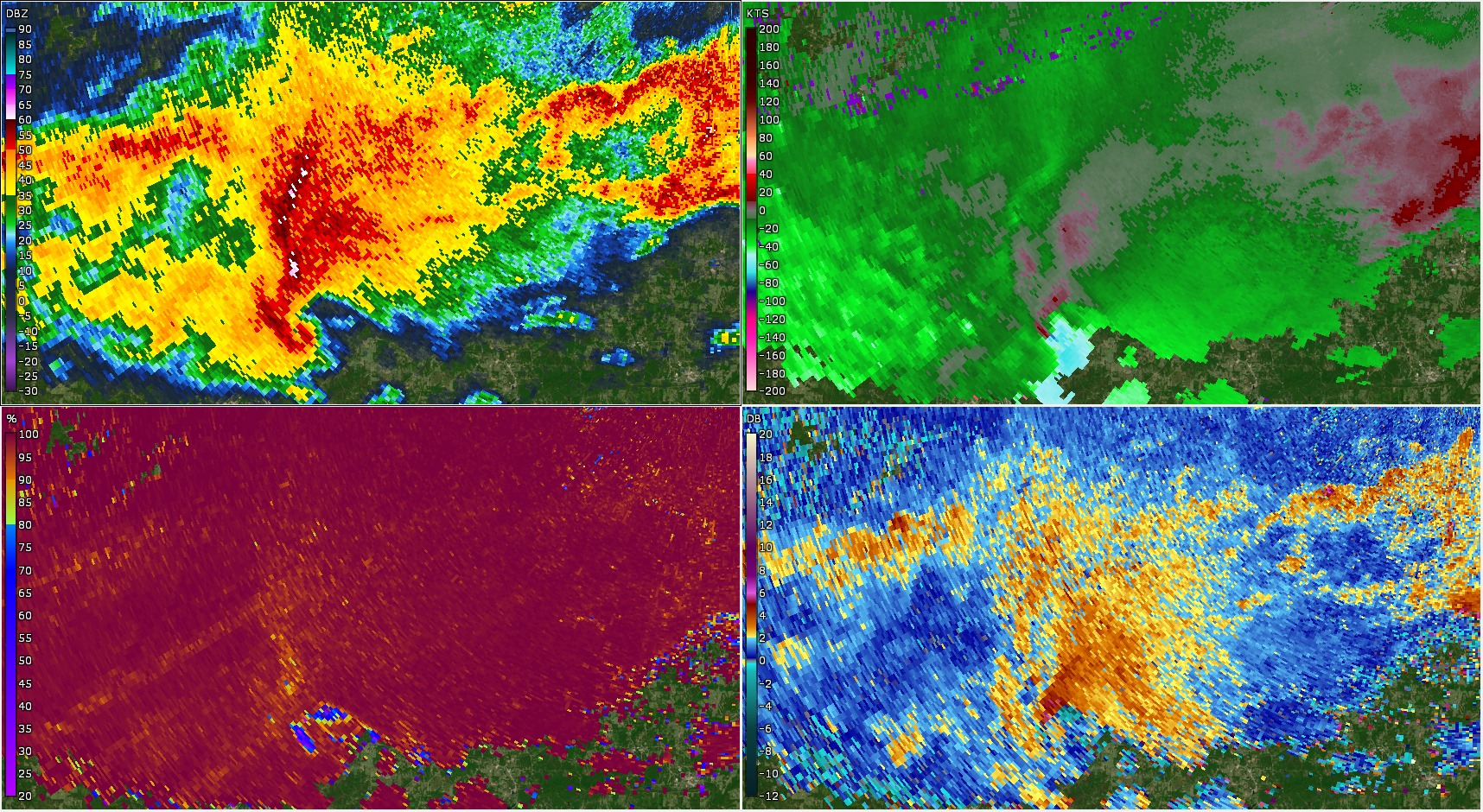
For over a century, meteorite hunters relied on metal detectors and surface observations to find these cosmic treasures. Then came 2005, when everything changed. The team uncovered the find four feet under a meteorite-strewn field by using new ground-penetrating radar (GPR) technology that someday might be used on Mars. It was that technology that pinpointed the site and proved for the first time that it could be used to find objects buried deep in the ground and to make an accurate three-dimensional image of them. This breakthrough wasn’t just about finding one meteorite – it opened the door to discovering entire buried populations that had remained hidden for thousands of years.
The Kansas excavation became a proving ground for space exploration technology. Patricia Reiff, director of the Rice Space Institute, noted “It validates the technique so we can use something similar to that instrument when we go to Mars.” The high-resolution 900-MHz three-dimensional GPR image revealed that the dimension of the meteorite was 0.5 × 0.3 × 0.3 meters (18 × 12 × 12 inches), a dimension that closely matched the direct measurements obtained after the meteorite was retrieved from the soil. The precision was remarkable – scientists could map buried objects with incredible accuracy before ever breaking ground.
Ancient Impact Signatures Rewrite Geological History
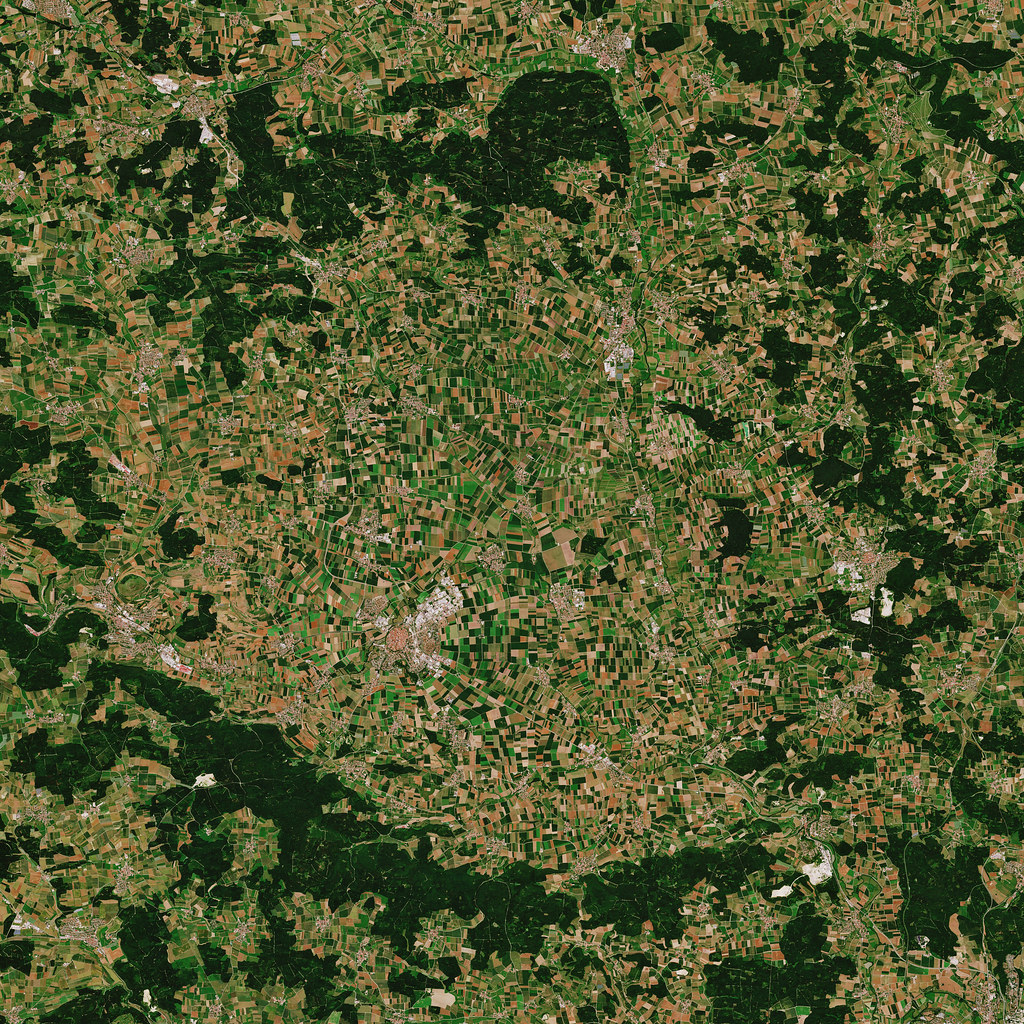
The discoveries beneath Kansas farmland forced scientists to completely revise their understanding of when these cosmic impacts occurred. Even before they had the pallasite meteorite out of the ground, the scientific experts at the site were able to debunk prevailing wisdom that the spectacular Brenham meteorite fall occurred 20,000 years ago. Its location in the Pleistocene epoch soil layer puts that date closer to 10,000 years ago. This wasn’t just a minor correction – it placed the impact within the timeframe of human habitation in North America.
Even more fascinating, six calibrated AMS radiocarbon ages demonstrate a 95.4% probability that the impact event occurred between 1497 BCE to 419 BCE, and most likely between 754 BCE and 419 BCE. Pawnee oral histories describe how they discovered the strewn field and collected the brightly colored meteorites for their sacred bundles, describing finding a barren place where there were colorful turtle-shaped stones, some of which were so heavy that the people could not carry them. The connection between indigenous oral tradition and scientific evidence created a remarkable convergence of cultural memory and geological fact.
North Dakota’s Buried Giants Reveal Cosmic Bombardment
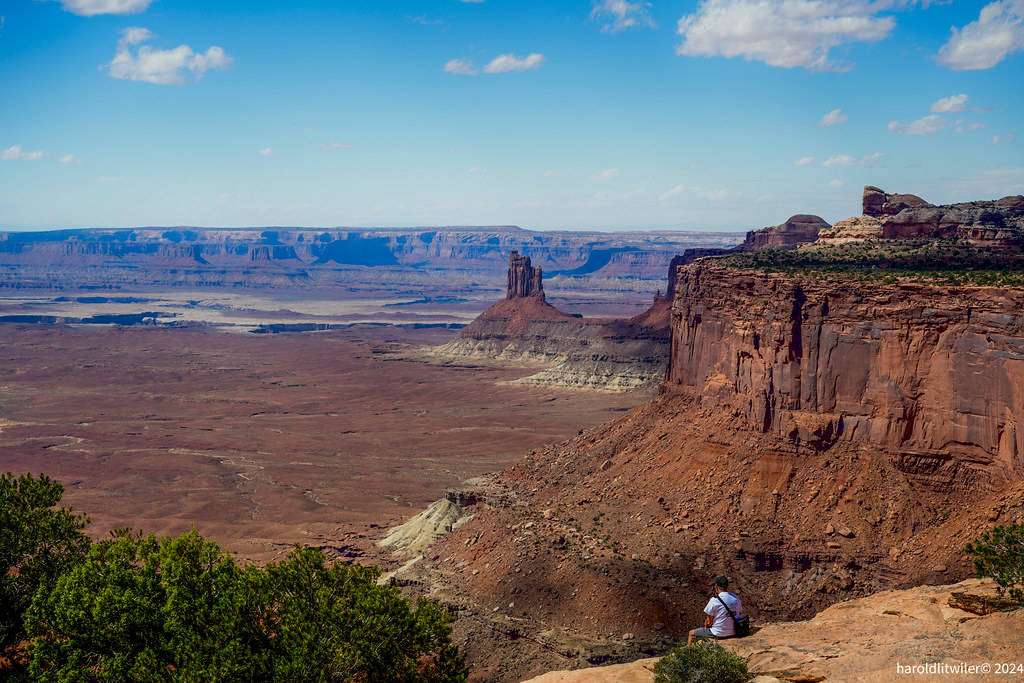
While Kansas captured headlines, North Dakota quietly harbored even more dramatic evidence of cosmic impacts. North Dakota’s Newporte Crater is reported in the Earth Impact Database as a buried 3.2 km structure that is less than 500 million years old, first discovered during resource exploration in the 70s, and buried in Precambrian igneous and metamorphic basement rock beneath 3 kilometers of overlying material. This wasn’t just any impact – it represented a massive collision that had been completely hidden from view for hundreds of millions of years.
The Red Wing Crater presents an even more spectacular case. Less than 200 million years old, the Red Wing Crater was discovered by the True Oil Company in 1972. The crater is over 5 miles wide and buried under 1.2 miles of material, with research indicating the presence of shocked quartz and shatter cones, and estimates that the meteorite was approximately 5.25 miles/8.4km in diameter. The scale of destruction this impact must have caused defies imagination – a five-mile-wide asteroid creating devastation across hundreds of miles.
The Great Plains Advantage in Meteorite Preservation

The American Midwest provides almost ideal conditions for meteorite preservation and discovery. The Great Plains are another good place to look for meteorites. The flat, open terrain makes it easy to spot meteorites, and the lack of trees and other vegetation makes it easy to collect them. The Great Plains is an area with scant terrestrial rocks, so out-of-this-world ones come in higher proportions. “Any new rocks farmers dig up have a good chance of being meteoritic,” Norton and Chitwood wrote.
The agricultural nature of the region has inadvertently created the perfect meteorite discovery system. Kansas reports 59 discoveries. Its flat farmlands provide good visibility. Farmers often notice unfamiliar rocks while working fields. “Ask permission to scout the fence rows where rocks are often thrown. More than one meteorite has been found in a farmer’s rock pile, or propping open a screen door.” This partnership between agriculture and science has proven invaluable in expanding our cosmic rock collection.
Modern Wisconsin Surprises the Scientific Community

Even well into the 21st century, the Plains continue yielding spectacular discoveries. In 2010, farmer Jim Koch was preparing his Vienna, Wisconsin field when his plow struck something unusual. After stopping the plow and taking to the field by foot to pick stones out of the freshly tilled soil, Koch noticed a knobby one poking through the dirt. When he bent to grab it, Koch immediately sensed that something about the rock was distinct, thinking ‘this is quite heavy.’
What Koch discovered became known as the Vienna Meteorite, and it was exceptional in multiple ways. At approximately 55 pounds it is among the larger iron meteorites classified in the United States since 1981, the experts tell us. Intact fusion crusts are rarely found on iron meteorites that aren’t freshly fallen, because the iron surface weathers quickly on Earth, essentially rusting away. “That means it hasn’t been on Earth that long,” she says. “We’re looking at perhaps in the neighborhood of a few hundred years.” Finding such a well-preserved specimen suggests that many more recent arrivals may be waiting just beneath the surface.
The Missouri Connection and Hidden Crater Networks
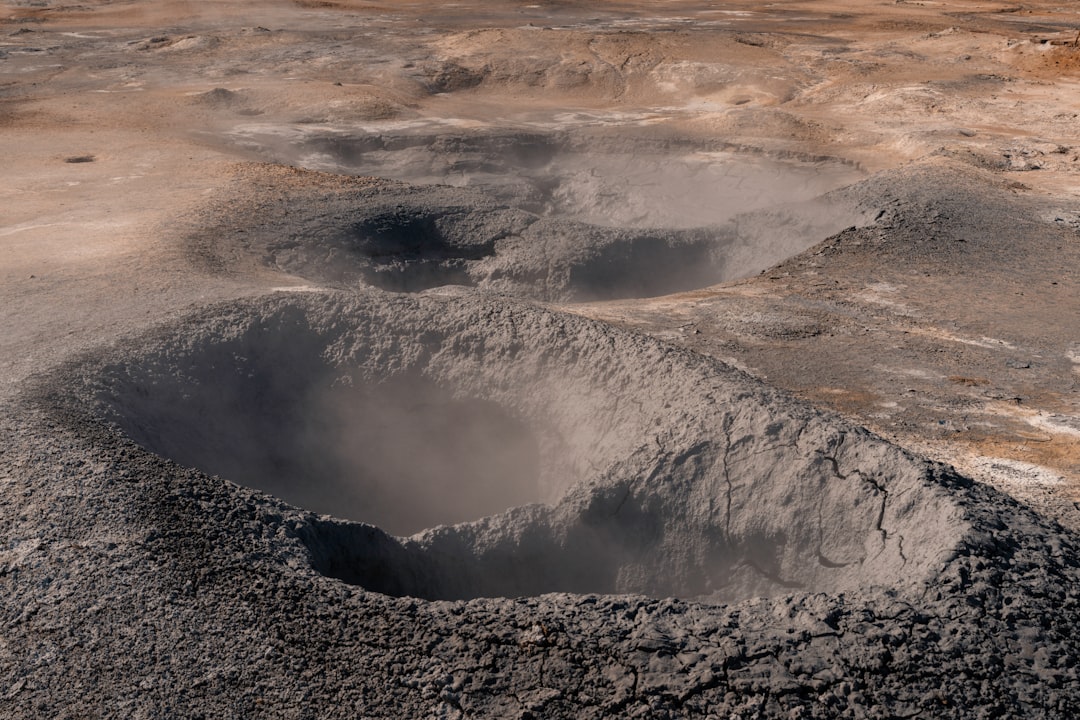
Missouri adds another chapter to the Great Plains impact story with its own buried secrets. The Weaubleau (or Weaubleau-Osceola) structure appears to be a 7 to 8 km diameter impact crater located in St. Clair County, Missouri. It dates from the latest Osagean to earliest Meramecian stage of the Mississippian, about 340 million years ago. This ancient impact predates even the dinosaurs, showing that cosmic bombardment has been a consistent theme throughout Earth’s history.
The Missouri discoveries reveal the sophisticated detective work required to identify buried impact structures. Scientists must piece together evidence from well cores, seismic data, and geological formations to reconstruct events from hundreds of millions of years ago. Each confirmed impact adds to our understanding of how frequently these catastrophic events have shaped the North American continent.
Technology Revolution in Meteorite Detection

The success with ground-penetrating radar in Kansas has sparked a technological revolution in meteorite hunting. Such GPR systems had been used in the past to locate smaller meteorites in Antarctica, where ice allows the sonar to penetrate more easily. But until the Kansas dig, the technology had not been successfully used for ground detection in heavy soils – like on Mars – to find meteorites or water. This breakthrough has implications far beyond our own planet.
Modern detection methods now combine multiple technologies for unprecedented accuracy. The survey used a cross-polarized and multiple frequency sounding GPR surveying technique to reduce ambiguities regarding the physical and geometrical properties of the identified object in the subsurface. Due to the oriented shape of the meteorite, cross-polarization at multiple frequencies was determined to be a very efficient tool to use in its identification, with three-dimensional mapping at three different frequencies (270, 500, and 900 MHz) and two polarizations. This level of detail allows researchers to understand not just where meteorites are buried, but their orientation, size, and composition before excavation begins.
The Great Plains as Earth’s Cosmic Archive
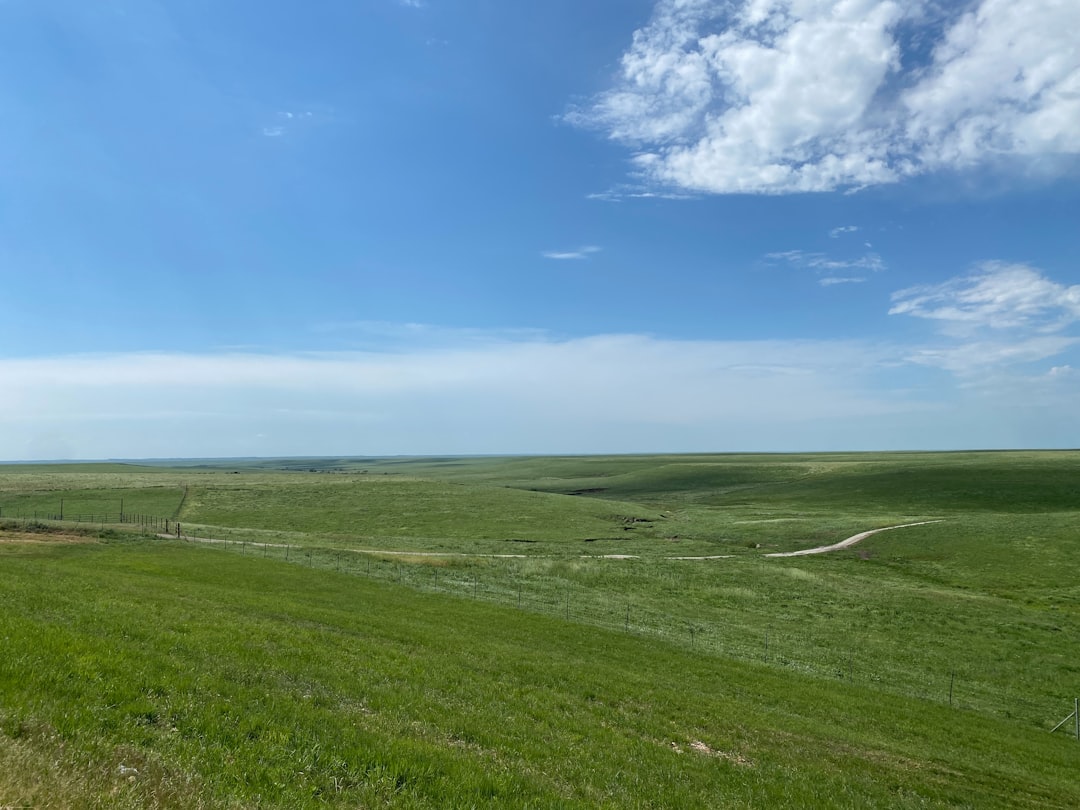
What emerges from decades of research is a picture of the Great Plains as one of Earth’s most important cosmic archives. The combination of geological stability, agricultural activity, and ideal preservation conditions has created a natural laboratory for studying extraterrestrial impacts. Meteorites have been found all over the world, and Kansas has yielded more than its share. Of the 1,530 verified meteorites from the United States (as of July 2009), 137 came from Kansas. This represents nearly nine percent of all American meteorites from just one state.
The concentration of discoveries suggests that we’ve only scratched the surface of what lies beneath the Plains. Each new find raises questions about how many more impacts occurred that we haven’t yet discovered. The buried craters in North Dakota and the extensive strewn fields in Kansas indicate that cosmic bombardment was far more common than previously thought, particularly in geologically recent times when early humans may have witnessed these spectacular events.
The hidden meteor fields represent one of the most significant ongoing discoveries in planetary science. From the revolutionary use of ground-penetrating radar to uncover buried treasures four feet underground, to the recognition that cosmic impacts shaped this landscape far more recently than anyone imagined, these discoveries are rewriting our understanding of Earth’s violent cosmic history. The partnership between farmers, technology, and scientific curiosity has revealed that the seemingly peaceful American heartland holds some of the most dramatic evidence of extraterrestrial visitation on our planet.
Each plow that turns the soil, each new radar scan, and each careful excavation brings us closer to understanding the true frequency and impact of cosmic bombardments. The Great Plains aren’t just America’s breadbasket – they’re Earth’s museum of cosmic catastrophes, preserving evidence of the asteroid and comet impacts that have repeatedly reshaped our world. What other secrets lie buried beneath those endless fields of wheat and corn? The ongoing discoveries suggest we’re only beginning to uncover the cosmic story written in the rocks beneath our feet.

Jan loves Wildlife and Animals and is one of the founders of Animals Around The Globe. He holds an MSc in Finance & Economics and is a passionate PADI Open Water Diver. His favorite animals are Mountain Gorillas, Tigers, and Great White Sharks. He lived in South Africa, Germany, the USA, Ireland, Italy, China, and Australia. Before AATG, Jan worked for Google, Axel Springer, BMW and others.

